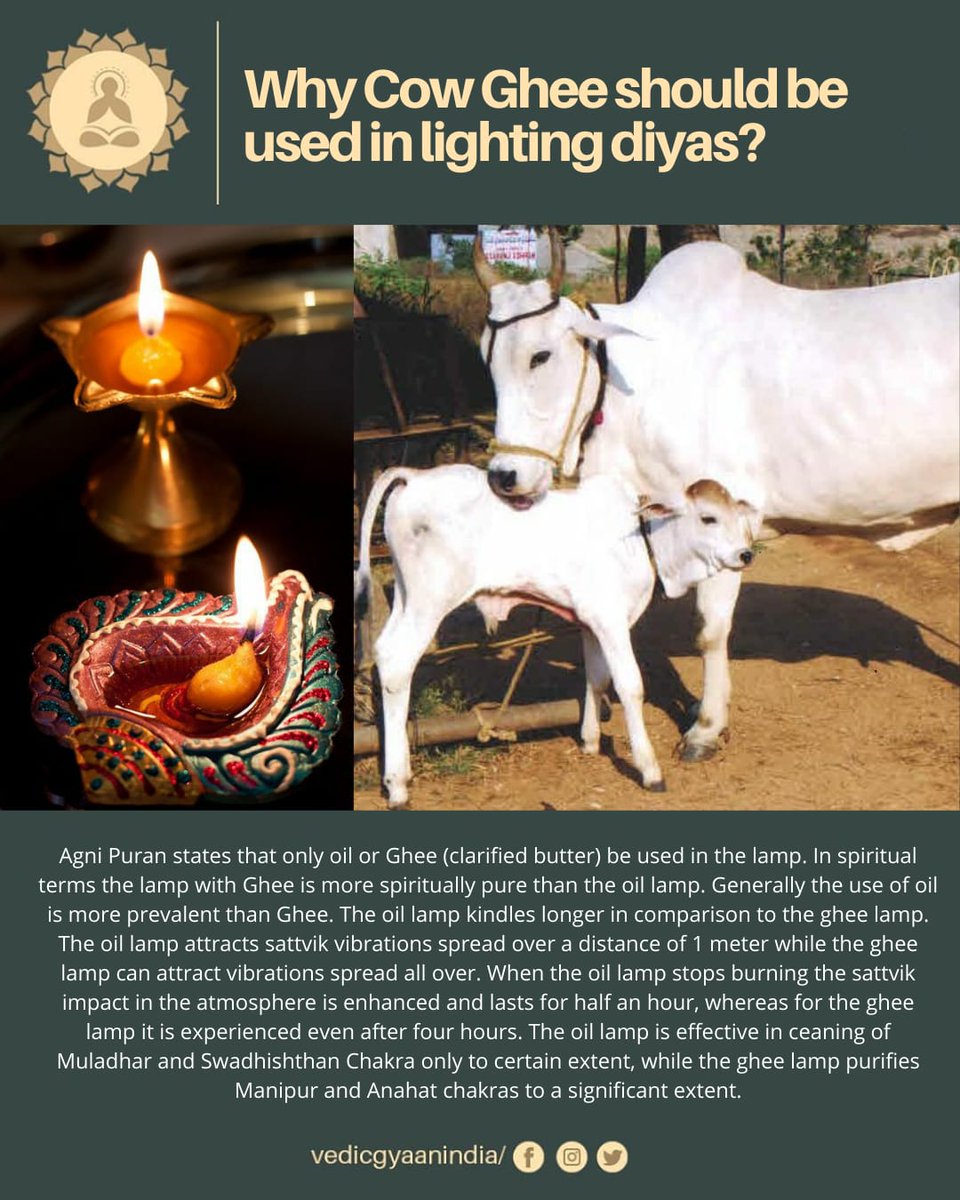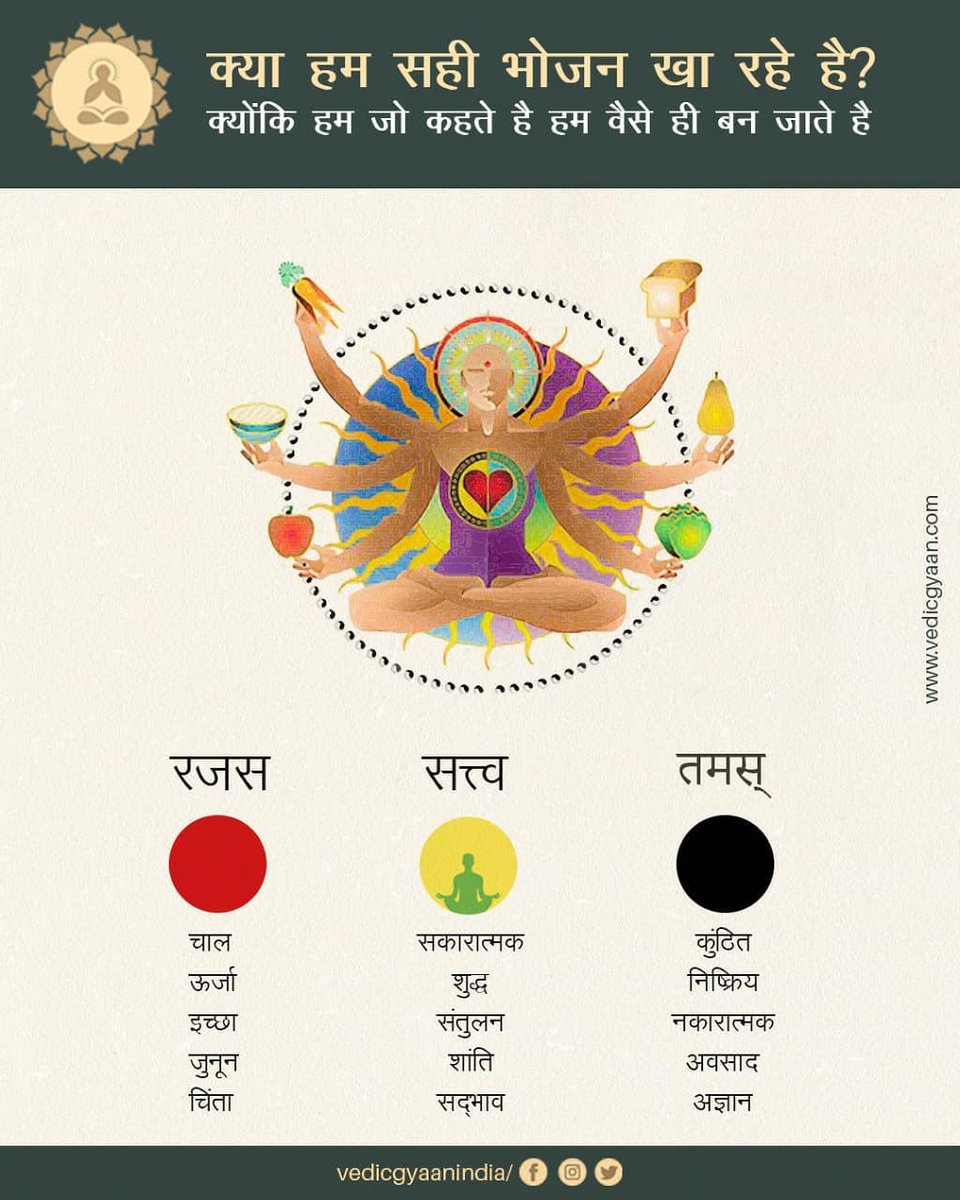
हवन एक वैज्ञानिक प्रक्रिया है जिसमें विशेष जड़ी-बूटियों (हवन सामग्री) को अग्निकुण्ड नामक विशेष रूप से डिजाइन किए गए अग्निकुंड में प्रज्वलित औषधीय लकड़ियों की आग में चढ़ाया जाता है। हवन की प्रक्रिया पर कई शोध किए गए थे और सबूतों ने सुझाव दिया था कि यज्ञ वातावरण में बढ़े हुए SO2 



और NO2 के स्तर के साथ-साथ सूक्ष्मजीवों जैसे जैविक वायु प्रदूषकों से उत्पन्न वायु प्रदूषण को कम करता है। हवन में आम की लकड़ी जलाने पर शून्य CO उत्सर्जन होता है। इस प्रक्रिया के दौरान, औषधियों और जड़ी-बूटियों को यज्ञ में चढ़ाकर वाष्पीकृत किया जाता है, और वे नाक, फेफड़े और त्वचा के
छिद्रों के माध्यम से गैसीय रूप में मानव शरीर में प्रवेश करती हैं। यह भी देखा जाता है कि हवन करने के बाद भी कई दिनों तक हवन का प्रभाव वातावरण में बना रहता है। यज्ञ या हवन के वैज्ञानिक आधार को अब पूरी दुनिया के लिए पहचानना जरूरी है ताकि प्रदूषण के कारण पैदा
होने वाली बीमारियों को कम किया जा सके।
• • •
Missing some Tweet in this thread? You can try to
force a refresh










